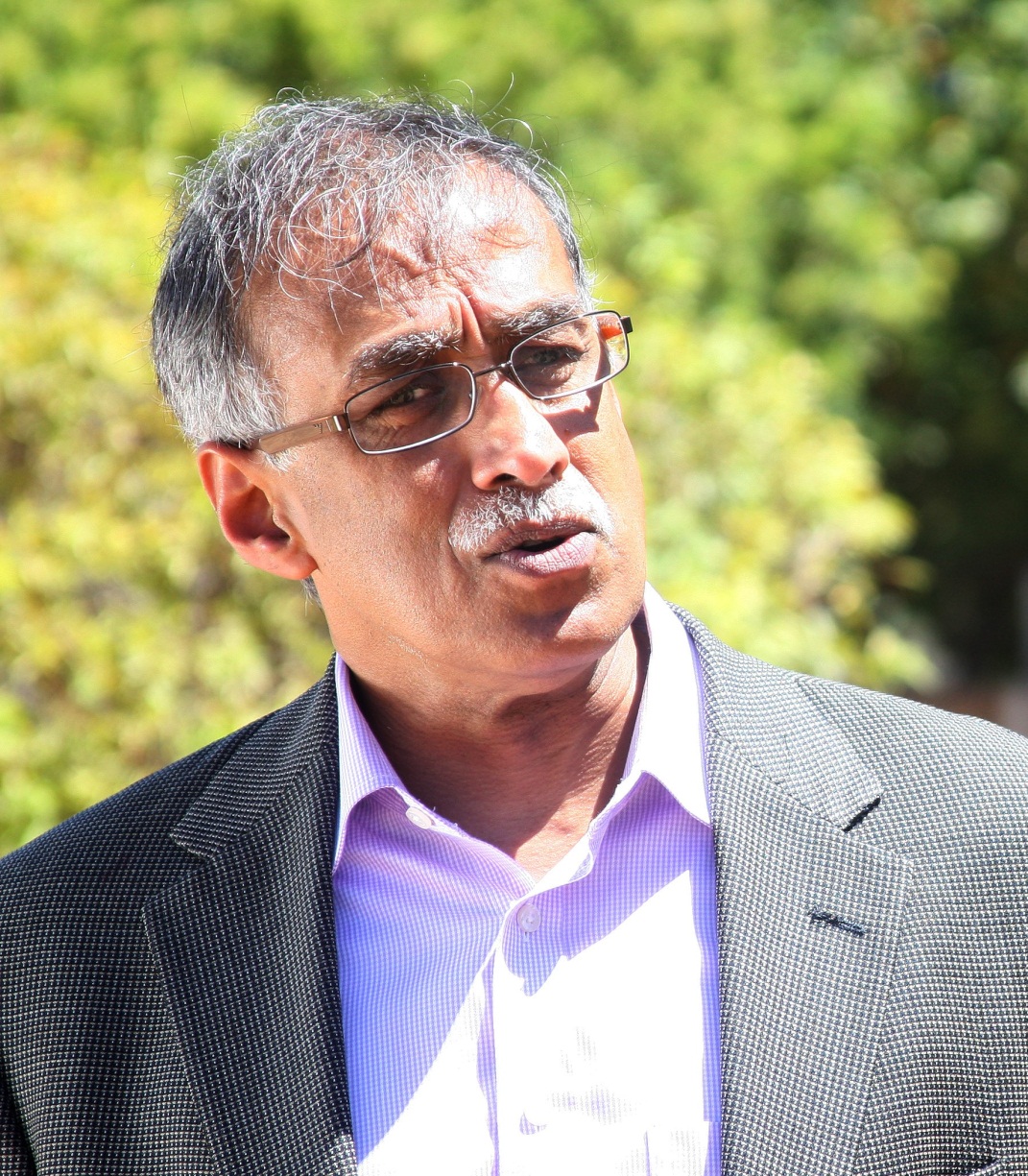Progress Maker Profile
Written by The Economist Intelligence Unit

Akhtar Badshah
Former Senior Director of Global Community Affairs, Microsoft
Challenge: Nearly one-quarter of the world’s youth are out of work, school or training
Solution: While at Microsoft, Akhtar Badshah and his colleagues worked to establish technology-based partnerships with teachers, nonprofits, businesses and governments around the world to help young people develop job skills.
Impact: Microsoft’s program aims to reach 300m youth over three years.
Technology executive architects opportunity
Akhtar Badshah often refers to himself as an architect, not a technologist. While architecture was his first career, he spent 15 years presiding over one of the most ambitious corporate philanthropies as Microsoft’s senior director of global community affairs. In this position, Mr. Badshah was pivotal in advancing the use of information technology for social and economic development. He has since gone on to found the Catalytic Innovators Group, a social impact accelerator.
According to this former architect, technology has become so evolved that everyone today has the potential to innovate. “You don’t have to be a technologist,” he claims.
It is a message particularly targeted at young people. Today, nearly one-quarter of the world’s youth (290m 15-24-year-olds) are out of work, school or training, as The Economist recently reported. Mr. Badshah and his team worked to establish technology-based partnerships with schools (and their teachers), nonprofits, businesses and governments around the world—based on the premise that each of these young people and these organizations need access, skills and opportunities to succeed.
Bridging the opportunity gap
Technology is a tool to help bridge the opportunity gap faced by so many. Rapid technological advancement over the past decade has made available and put important tools in place. According to the Progress Makers at Work survey, the area that has seen the most progress during this time is the field of information and communication technologies. Going forward, education is one of the top three areas identified in the survey as needing to progress.
Working at the intersection of technology and education, Microsoft launched such initiatives as its YouthSpark grants to youth-focused nonprofits, its Skype in the Classroom shared-learning program and Office 365 for Education, a set of cloud-based tools for students and teachers. Microsoft set a high three-year target for its work, and says it is on track to reach more than 300m youth globally in 2015 through its extensive partnership network.
Mr. Badshah’s work with youth did not stop at job creation. Speaking at the National Youth Entrepreneurship Summit in Jakarta in 2013, he told a stadium filled with some 50,000 participants to move beyond the personal to the societal and to grow beyond passion to compassion.
Mr. Badshah encouraged youth to “be unreasonable” and refuse to take no for an answer. In this way, “you will find ways to move forward by overcoming obstacles.”
In Indonesia and elsewhere, Mr. Badshah encouraged youth to “be unreasonable” and refuse to take no for an answer. In this way, “you will find ways to move forward by overcoming obstacles.” He also advised them to learn continuously, especially from failures along the way and, above all, to act. On another occasion, in Kuala Lumpur, he told his young audience that: “If you are interested in making change, make change.” By starting small and persisting, young people can develop the skills to be Progress Makers.
Letting numbers tell the story
In an interview, Mr. Badshah eschewed talk of his own personal motivation or passion for social impact. Nor did passion for technology bring him to Microsoft. Rather, while still a practicing architect, he was asked to help realize the vision of a social entrepreneur—the vision focused on closing the digital divide between the rich and poor.
His work is reflected in the “Microsoft 2014 Citizenship Report,” and includes such impressive statistics as nearly $950m worth of software and hardware donated in fiscal year 2014 to 86,000 nonprofit organizations around the world.
While youth is a focus, the “Citizenship Report” also discusses dozens of other partnerships and activities, from the hosting of a Hack Autism event for creating scenario-specific prototypes to work on the Xbox Kinect motion-sensing technology for sign language to 3-D Soundscape, which helps blind people navigate their environments using smartphones.
Community work is only one avenue for Microsoft to have social and environmental impact. “Just creating an innovative company is a huge contribution to the world,” as company founder Bill Gates said last year on the Reddit social news website. Across Microsoft, Mr. Badshah points to his former colleagues’ model work in such areas as instituting internal carbon fees to make various departments more accountable for energy consumption.
We know at the highest level that employees want to have the opportunity to serve.
While Microsoft’s community work is based on technology, Microsoft’s corporate volunteer program is open to any charitable work. Whether bringing technology skills to bear or doing strictly non-technology work, company employees have clocked 2m volunteer hours since 2006, with Microsoft providing matching funds or paid time off. “We know at the highest level that employees want to have the opportunity to serve,” Mr. Badshah said.
Meanwhile, operating separately from Microsoft, the Bill & Melissa Gates Foundation is making its own significant impact in such areas as global health and US education.
Realizing a return on social investment
Overall, Mr. Badshah has seen a trend at Microsoft and other companies toward the “shared-value” principle, which integrates social impact and sustainability into business models to deliver both corporate profits and successful strategies to meet society’s challenges.
Companies are becoming more sophisticated, not just doing philanthropy for philanthropy’s sake, and there’s nothing wrong with that.
“Companies are becoming more sophisticated, not just doing philanthropy for philanthropy’s sake, and there’s nothing wrong with that,” Mr. Badshah said. Business benefits to Microsoft can be seen as its youth programs address the skills gap in the technology industry. One of the most significant returns to Microsoft on its nonprofit investments may be employee engagement and retention: 89 percent of Microsoft’s employees say they feel proud to work at the company, according to its “Citizenship Report.”
Before his departure, Mr. Badshah was looking at how Microsoft might work with partners to advance a new shared value model called “impact sourcing.” An extension of outsourcing, this social innovation breaks large projects down into “microwork”—image tagging or data mining, for instance—then distributes the work among impoverished and trained local communities around the world.
Today, in line with his initiatives at Microsoft, Mr. Badshah teaches a Social Enterprise course at the University of Washington and is launching a professional development course that teaches leading thinkers how to explore social investments and adapt to change.
Making work matter
For all of Microsoft’s donated software, expertise, money, time and innovation over the years, the work begun by Mr. Badshah and his team may have paved the way for even greater progress. As Microsoft’s recently appointed CEO, Satya Nadella, said in his first email to employees, “I truly believe that each of us must find meaning in our work. The best work happens when you know that it’s not just work, but something that will improve other people’s lives.”






